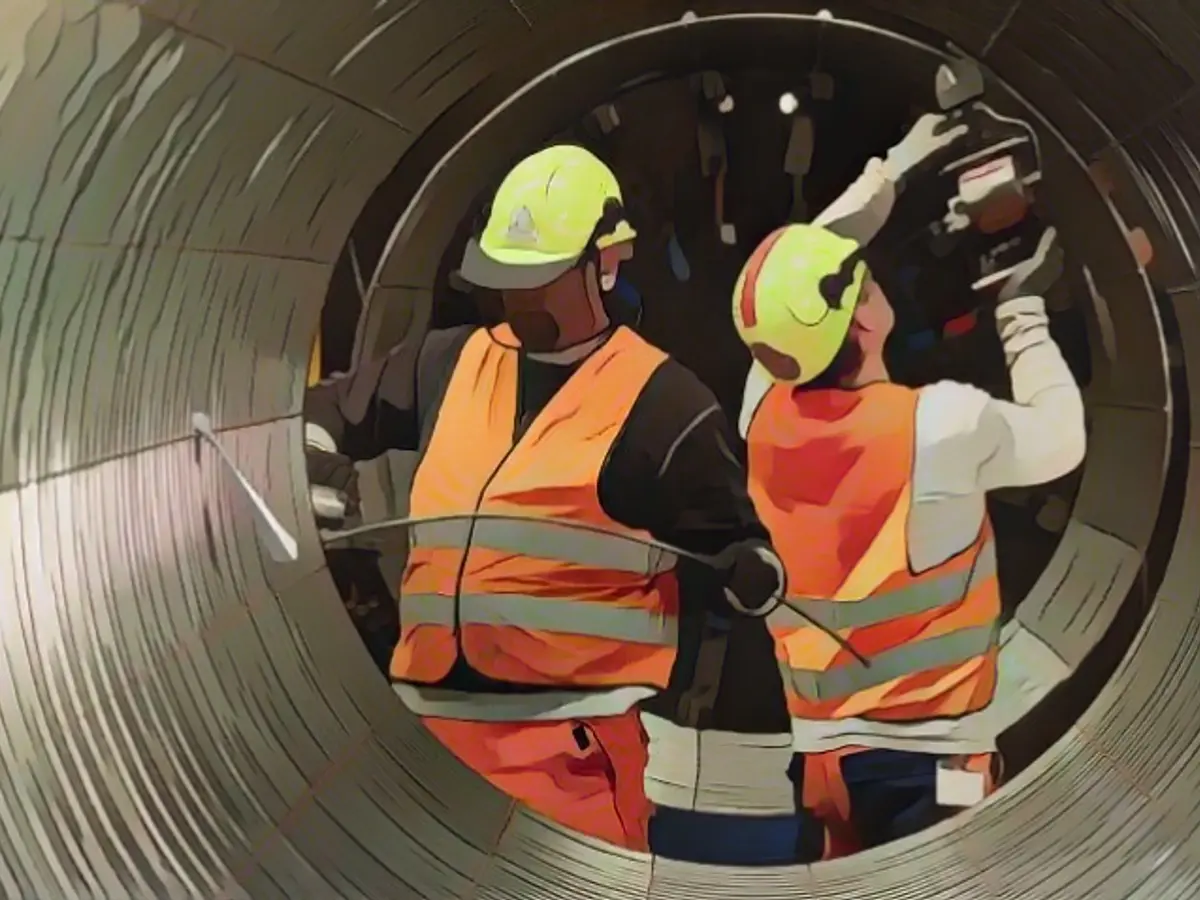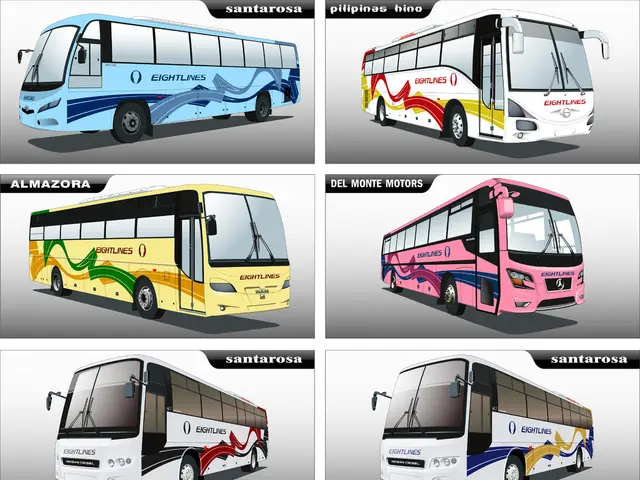Thankfully, Nord Stream 2 is a thing of the past. Europe now finds itself in a golden opportunity, one it may never see again.
Olaf Scholz's decision to halt the pipeline's approval was one of the first significant sanctions Western countries imposed on President Vladimir Putin in retaliation against Russia's blatant violation of Ukraine's sovereignty. While Scholz's threat was met with skepticism by Germans, fearing its potential economic ramifications, the reality turned out to be far less catastrophic.
Europe can now pivot away from relying on Russia for approximately 35% of its natural gas needs, with Germany seeing its dependence drop beyond 50%. Yet, green alternatives serve a dual purpose - they not only provide an escape from Russian control but also contribute to addressing the increasingly urgent climate crisis.
The pipeline's construction had always been controversial, with critics pointing out that natural gas is a non-renewable energy source. Burning natural gas results in substantial CO2 emissions, contributing to greenhouse gas emissions by 20% in Germany alone - hardly a climate-friendly option.
Moreover, the pipeline would have served as Europe's largest project for fossil fuels, neglecting its commitment to reducing greenhouse gas emissions and limiting global temperature rise to 1.5 degrees Celsius, as outlined in the Paris Agreement. The pipeline's pursuit also risked making Europe increasingly reliant on Russian energy supply, much to Putin's geopolitical advantage.
Now is the time for Europe to rise and take decisive action. Fortunately, Europe is already in the midst of transitioning from fossil fuels to electricity-based renewable energy sources. At the 2021 COP26 summit in Glasgow, various plans and commitments were set into motion, stemming from the EU's Green Deal, despite many countries moving at a slow pace in implementation.
So, what are the options now? Beyond renewable gas sources like biogas, wood pellets, and power-to-gas alternatives, Europe needs to swiftly accelerate the transition towards electricity-based heating, cooling, and transportation. This involves electrifying transportation, industries, and buildings, a critical step away from fossil fuels as electricity is the only reliable path towards zero-carbon emissions.
Autos, factories, and homes can, and will, one day be completely powered by renewable electricity - countries agreed to this at the climate summit. While natural gas may serve as a temporary "bridge technology" to steady the exit from both coal and oil - the two dirtiest fossil fuels - and the transition to fully renewable energy sources, Europe has the chance to forego natural gas earlier than anticipated.
To power this electrified world, the expansion of renewable energy sources, energy storage technology, hydrogen technology, and intelligent grids is of utmost importance and must occur exponentially faster than it currently is - experts and climate activists have long warned of this.
While water power, biomass, geothermal energy, and even nuclear energy may play a role in some countries, the foremost nucleus of the world's transition between fossil fuels and renewable energy sources lies in solar power and wind. According to the International Energy Agency, solar photovoltaic (PV) is the least expensive energy source in history. The widespread deployment of onshore and offshore wind power is closely following behind, with renewable energy subsidies worldwide increasing significantly.
The European Union aims to generate 40% of its energy needs from renewable sources by 2030, doubling the share of energy generated from wind and solar. The new German government has pledged to exponentially increase solar energy production by installing more solar panels and significantly boosting wind energy production, especially by cutting bureaucracy.
However, it's important to note that this ambitious goal might not be enough to meet the energy needs of buildings and industries, requiring renewed increases in targets. Furthermore, improvements in energy efficiency should be an essential component of any energy strategy, as the EU aims to reduce energy consumption by 9% by 2030. Currently, only 1% of European buildings undergo energy-efficient renovations annually - a figure that must increase.
By focusing on implementing green alternatives and rapidly expanding renewable energy infrastructure, Europe can blaze a trail towards energy independence from Russian gas while simultaneously addressing the global climate crisis. The time for action is now.
*Cite*
[1] European Environment Agency (EEA). (2021). Transition to renewable gases in Europe: Meeting climate and energy-related targets. Retrieved from
[2] Researchgate. (2020). Renewable energy sources and the potential for energy self-sufficiency in Europe. Retrieved from
[3] European Commission. (2019). A guide to renewable energy in Europe. Retrieved from
[4] World Nuclear Association. (2021). The future of nuclear energy. Retrieved from







